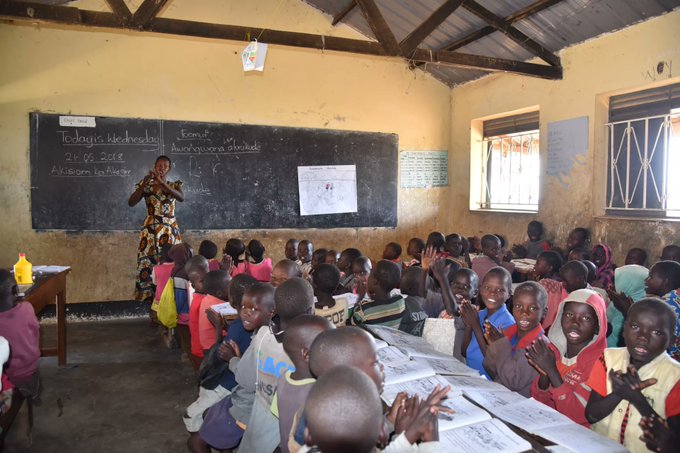The adoption of local languages as the medium of instruction in lower primary education has gained significant momentum, particularly in Uganda. This move aims to improve literacy and learning outcomes by leveraging mother tongue instruction in the formative years of education.
Importance of Local Language Instruction
Children learn foundational skills more effectively when taught in languages they understand fluently—typically their native or local languages. UNESCO and educational research stress that mother tongue-based education enhances comprehension, inclusion, and academic success. Early education in local languages accelerates literacy acquisition, making it easier for children to later learn English or other languages.
Uganda’s Policy and Progress
Uganda introduced a policy to teach Primary 1 to Primary 3 students in local languages starting from 2006. More recently, the National Curriculum Development Centre (NCDC) recommended 26 local languages for instruction in lower primary based on community consultations. Additionally, four new languages—Gimara, Pokot, Lubwisi, and Madi—have been prioritized by regional leaders for inclusion. This strategy targets effective deployment of teaching resources and materials to improve literacy nationwide.
Impact of Local Language Instruction
Studies conducted through USAID’s School Health and Reading Program in Uganda show that pupils exposed to local language instruction demonstrate significant improvement in reading and comprehension skills. Early reading assessments reveal promising shifts from “Nonreaders” to categories such as “Beginner,” “Instructional,” and “Next-Level Ready” by Grade 4 (see table below).
Challenges remain, including overcrowded classrooms, some schools’ resistance to local language teaching, and variability in teacher preparedness. Some urban and private schools have moved away from mother tongue instruction, negatively affecting literacy acquisition.
Regional Literacy Disparities
Literacy rates vary significantly across Uganda’s regions, influenced by local language instruction availability and school resource levels (see literacy rates table). Northern Uganda, for instance, faces more pronounced literacy challenges compared to Central Uganda, which generally has better educational infrastructure.
Benefits Beyond Literacy
Beyond academics, local language education strengthens cultural identity, social inclusion, and parental engagement in school activities. Children relate more easily to content in their familiar language, increasing participation and confidence.
Tables and Infographics
-
Reading Proficiency Progression by Language and Grade (Uganda Early Grade Reading Assessment)
| Language | Grade 1 Nonreader (%) | Grade 4 Nonreader (%) | Grade 4 Next-Level Ready (%) |
|---|---|---|---|
| Ganda (Bantu) | 89.8 | 23.7 | 12.9 |
| Lango (Nilotic) | 97.3 | 25.3 | 9.5 |
| Runyankore-Rukiga | 87.4 | 21.0 | 2.5 |
-
Literacy Rates by Region in Uganda (2025 Uwezo Report)
| Region | Literacy Rate (%) |
|---|---|
| Central Uganda | 61 |
| Western Uganda | 46 |
| Eastern Uganda | 35 |
| Northern Uganda | 29 |
Conclusion
The policy of adopting local languages as the medium of instruction in lower primary education in Uganda offers a data-backed roadmap to better literacy and learning outcomes. It facilitates comprehension, respects cultural diversity, and promotes equitable education access. Continued investment in teacher training, learning materials, and community sensitization will be vital to overcome challenges and fully realize the benefits of mother tongue education.

